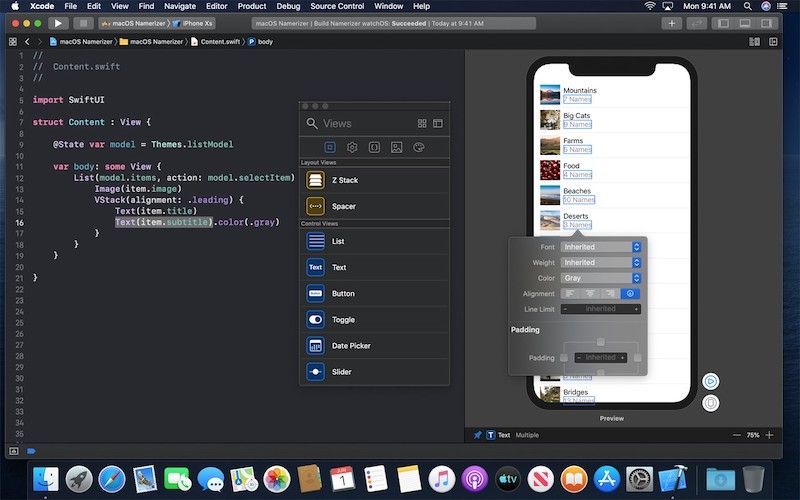

- #PROJECT STATISTICS FOR XCODE NOT WORKING HOW TO#
- #PROJECT STATISTICS FOR XCODE NOT WORKING MOVIE#
- #PROJECT STATISTICS FOR XCODE NOT WORKING CODE#
Project Files Are for Computers, Not for Humans Furthermore, a single file addition creates changes in different sections of the project file, which needs to respect a specific format and particular conventions, or else it would result in an invalid project that can’t be opened.
#PROJECT STATISTICS FOR XCODE NOT WORKING CODE#
The first thing you may notice is that the generated code is not easy to read or change, as it uses unique random identifiers to refer to every entry of the project. Every time you make a change to an Xcode project, such as adding a new source file or changing a setting, the IDE generates some code into a file called project.pbxproj.įor example, here is an extract of changes that are automatically generated by Xcode when creating a new file: Xcode is the official tool for developing apps on Apple platforms. In this blog post, we will discuss the problems of maintaining a complex iOS project, how we managed to simplify the process by writing less and more consistent code, and how we ended up with lower build times as an unexpected result.

There is the same order of magnitude between the ratio of these two planets and the amount of code that defined the SoundCloud iOS project before - Jupiter - and after - Earth - generating it using Tuist. This is generally not ideal, since an Xcode Preview will be reloaded many times. We could drive Xcode Previews with sample data from Core Data, but if we allowed the changes to persist, every time we reload a view in a preview, more data would be added to our Core Data store. If it didn't, it would not be a very useful framework! Using Core Data Storage In-memoryĬore Data's underlying storage, by default, persists changes made. Let's start correcting that by completing the first of three steps.

If you examine any of the views in the app, you will see that the Xcode Previews code is commented out. Hopefully the provided comments are clear.
#PROJECT STATISTICS FOR XCODE NOT WORKING HOW TO#
I will not go into detail here about how the app and the StorageProvider class works other than to say that I think it is a pretty fair example of how to separate the data layer from the view layer of an app.
#PROJECT STATISTICS FOR XCODE NOT WORKING MOVIE#
The app is very basic, allowing a user to add a movie to a list of movies, navigate to a detail view, and then edit the name of that movie: In the project you will find an app that I built by, for the most part, following the instructions provided in Chapter 1 of Practical Core Data. The finished project, including the code necessary to drive Xcode Previews, is included at the end of this article. It was created using Xcode 12.5.1 – download the project to follow along, and if necessary, that version of Xcode. This Xcode project uses a basic Core Data model without support for working with views in Xcode Previews. My intent is to clearly describe how to do just that in this article. I was delighted when I eventually cobbled together some understanding of how to use Xcode Previews while obtaining sample data through a Core Data store. The ability to rapidly iterate design ideas for a view in Xcode Previews is one of my favourite aspects of programming with the SwiftUI framework. When last using Core Data, I was at first disappointed because I did not understand how to provide sample data to views rendered in Xcode Previews. My first exposure to the Core Data framework was rough, entirely due to my own predisposition to biting off more than I can chew. Reading that book has been a welcome consolidation of my understanding of Core Data. Right now I am reading through Practical Core Data by Donny Wals.


 0 kommentar(er)
0 kommentar(er)
